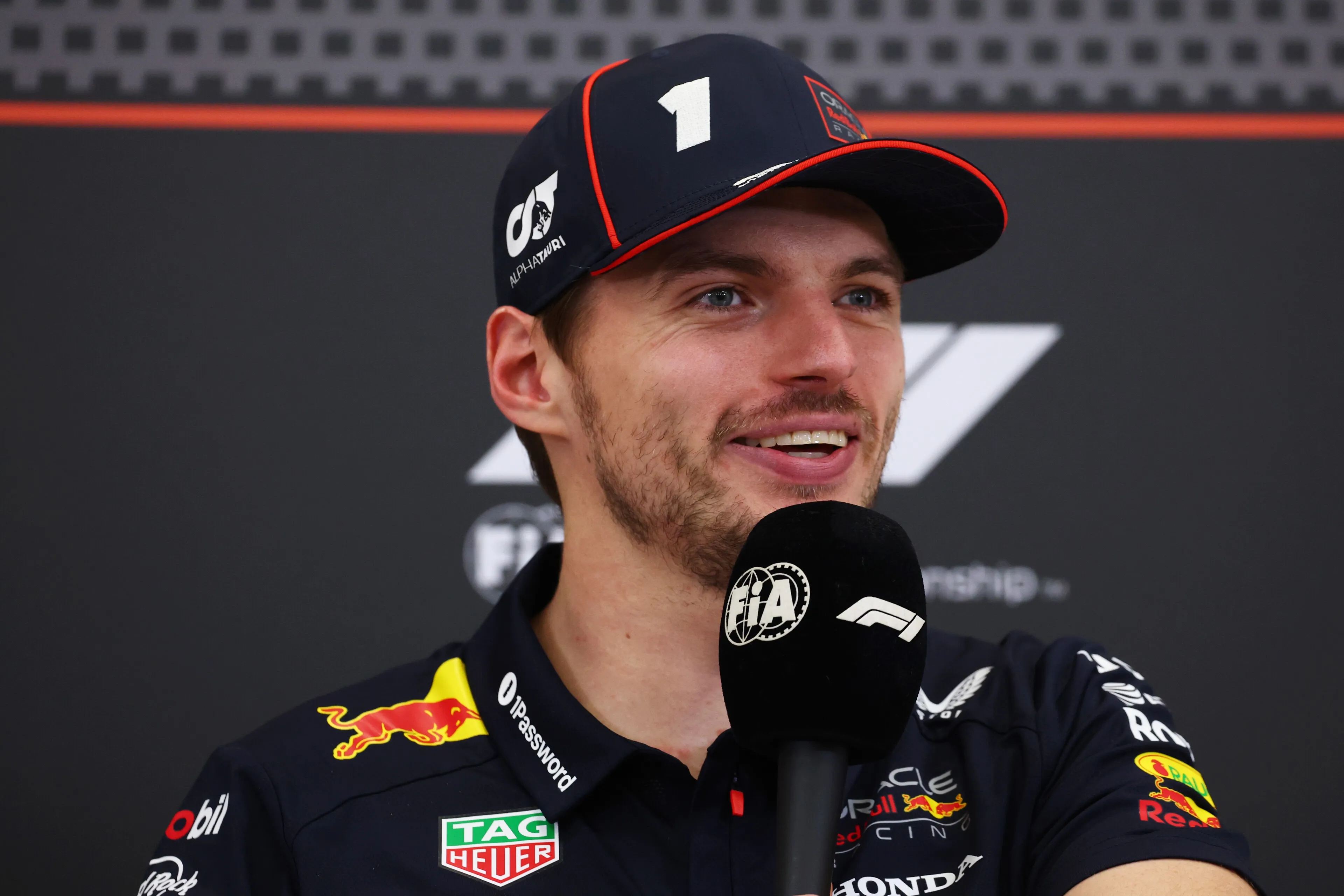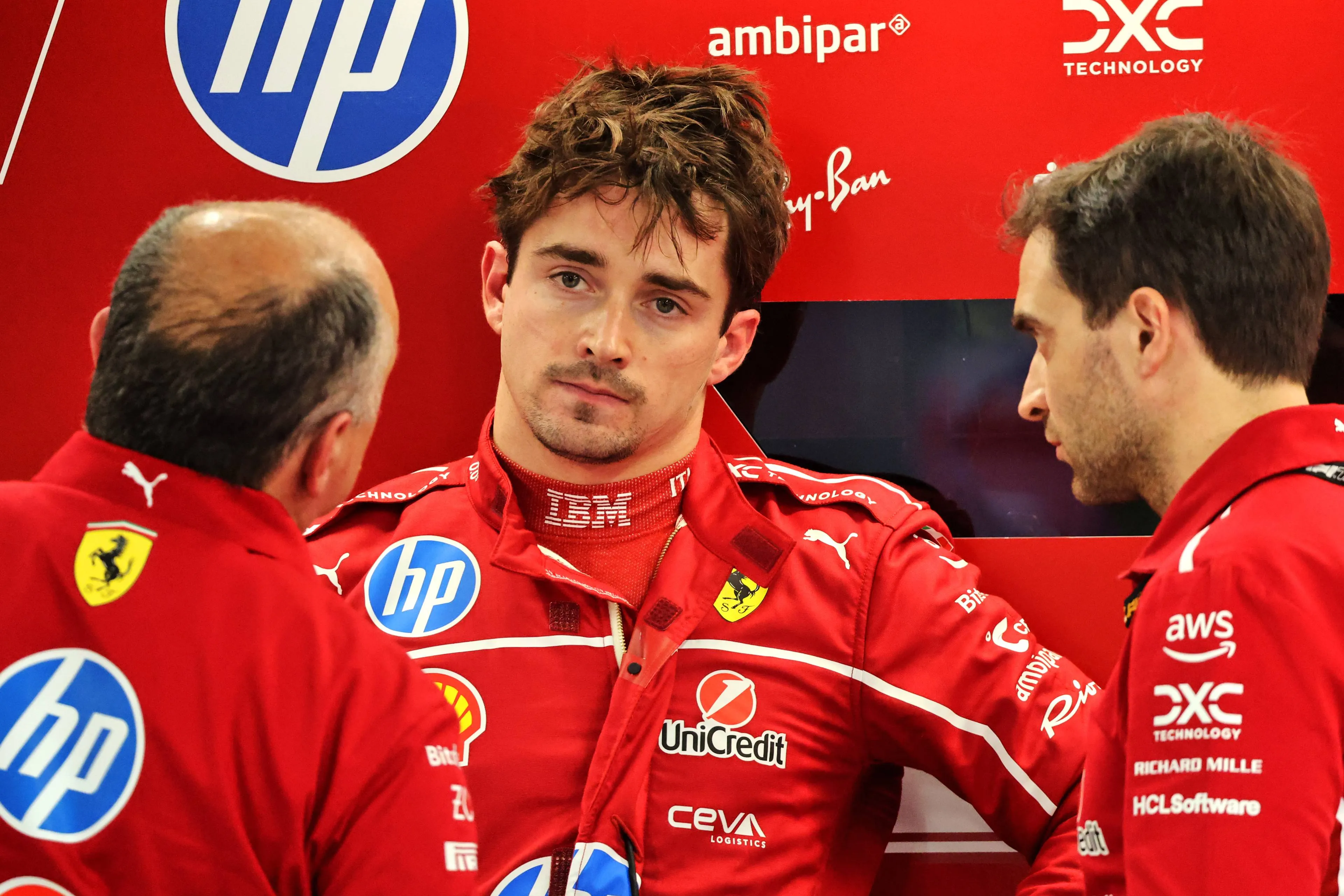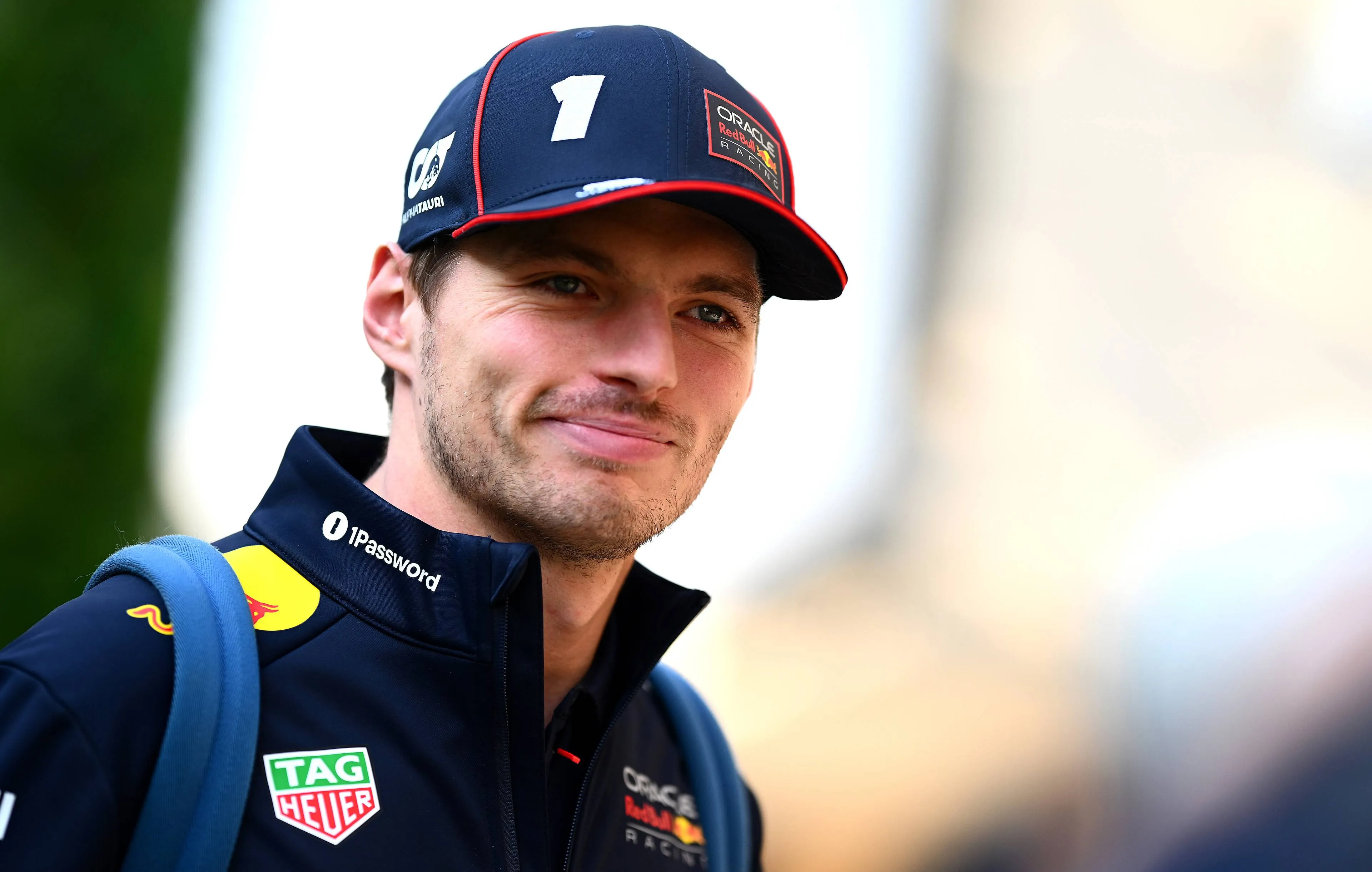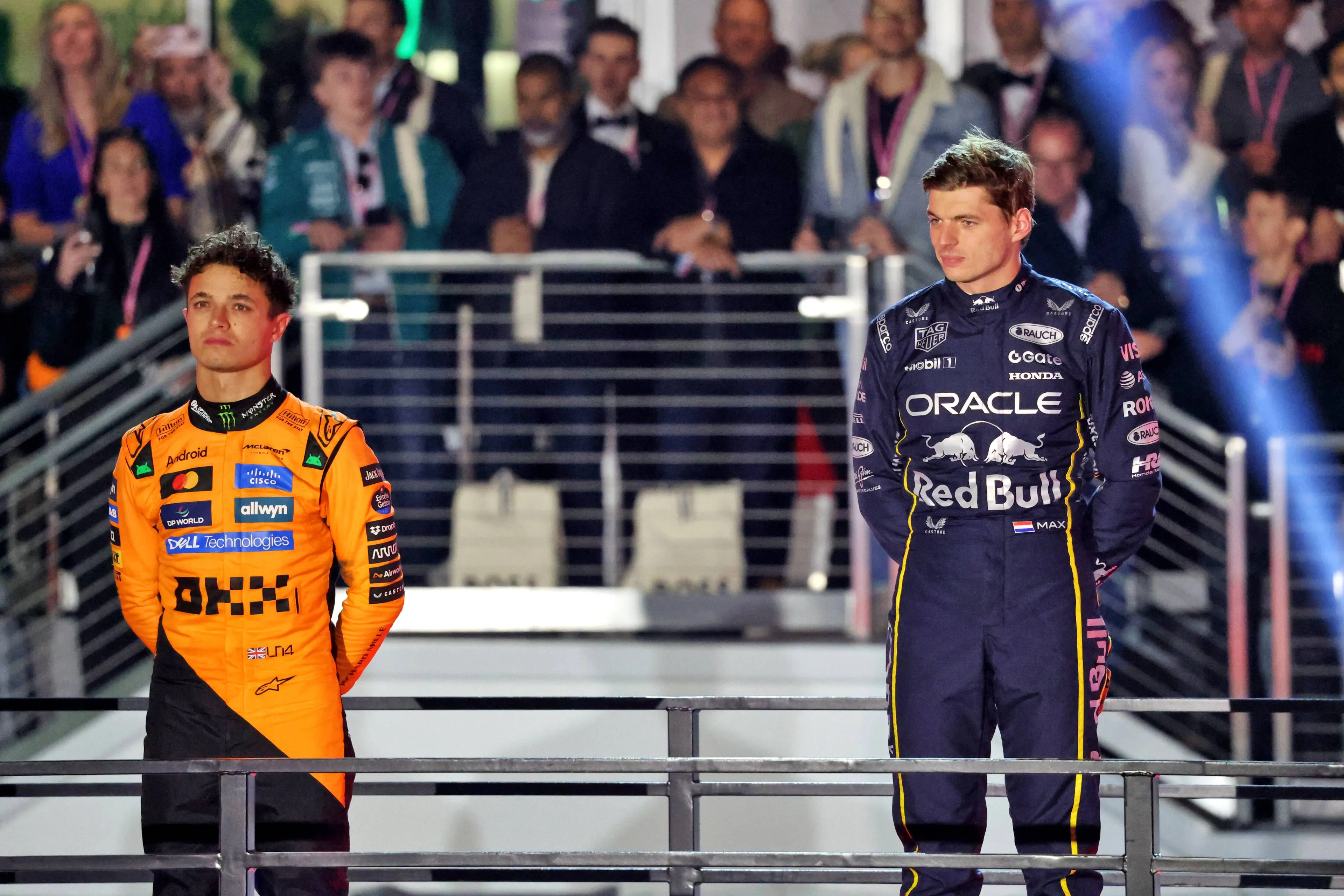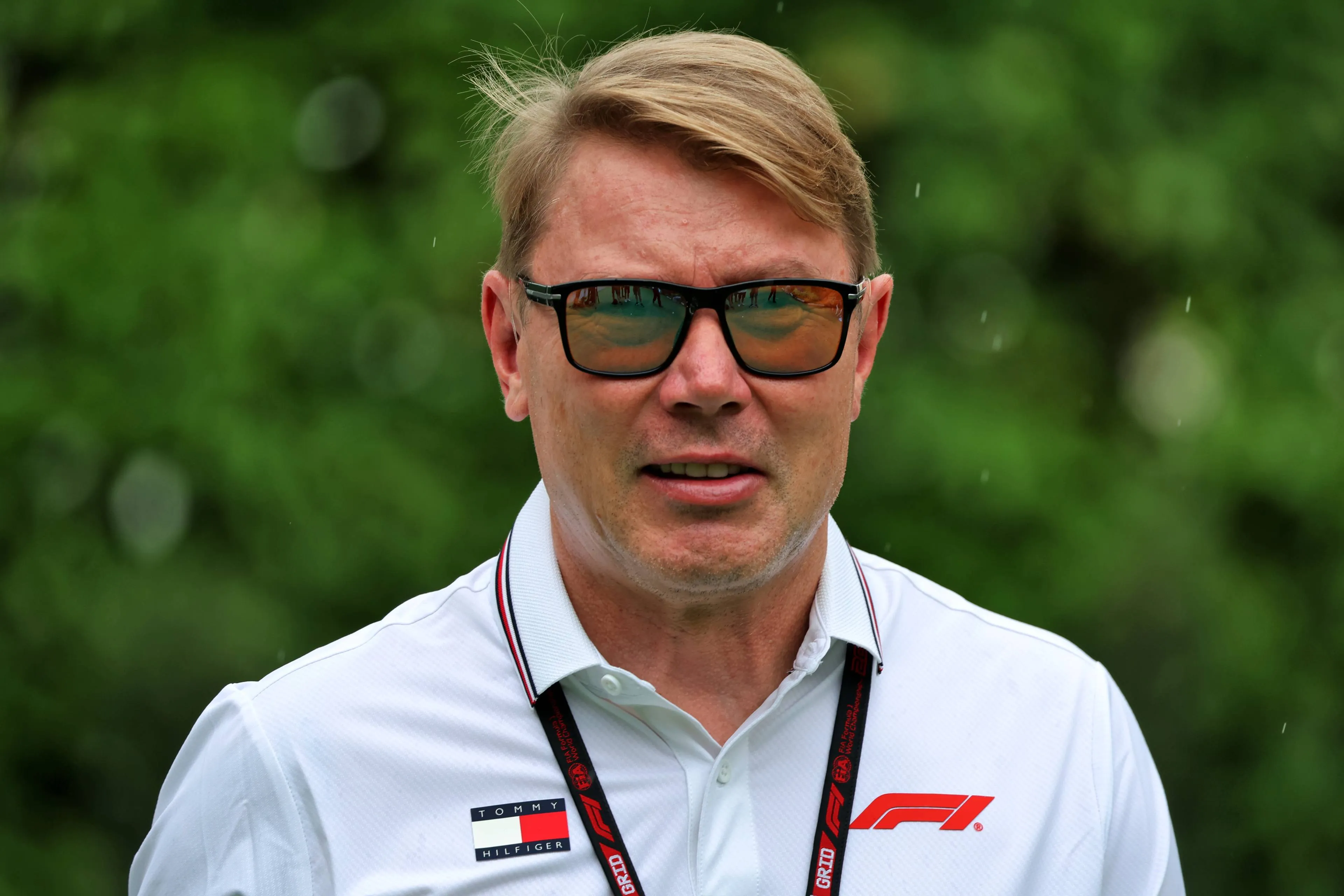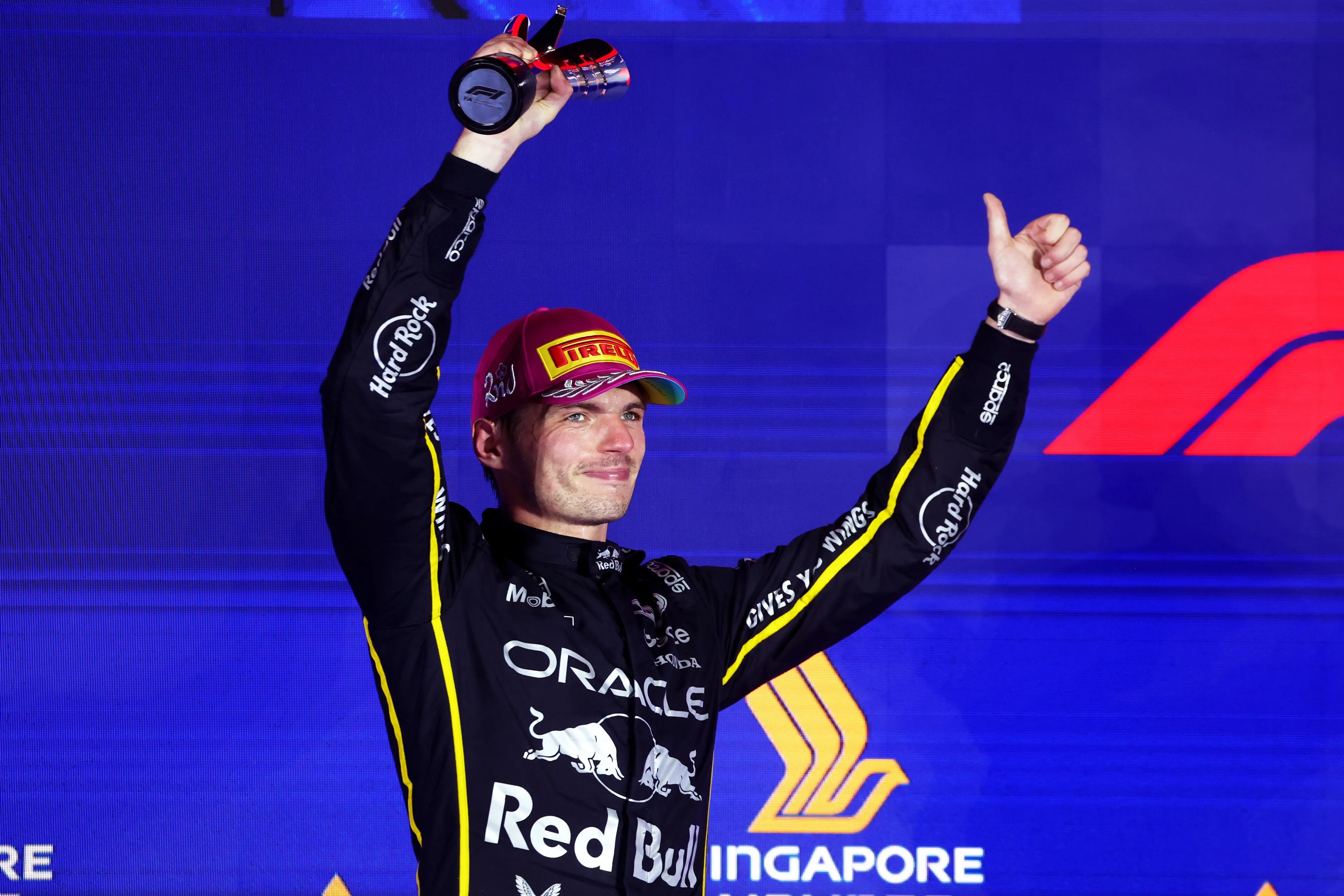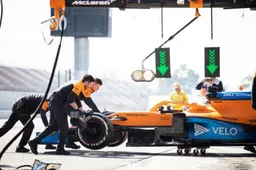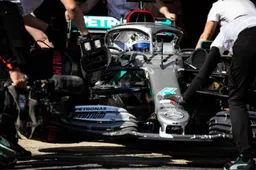Hello and welcome back to GPBlog’s countdown to the start of the 2020 F1 season and the opening race in Australia. The first week of testing is done and Mercedes are looking good, but now it’s time to continue our countdown of our top 50 F1 drivers of all time. Yesterday we looked at the Colombian Juan Pablo Montoya, but today is about 1970s superstar Ronnie Peterson.
After success in junior formulae, Peterson first entered F1 in 1970 with privateer teams running March cars and the machinery was uncompetitive, limiting what the Swede could do.
He impressed enough to earn a drive with the works March team in 1971 and was immediately more competitive. In a year dominated by the Tyrrell of Jackie Stewart, Peterson finished second four times and third once as he secured P2 in the standings, ahead of Stewart’s teammate Francois Cevert.
Peterson was joined by Niki Lauda at March in 1972 and he outperformed his Austrian teammate in his first F1 season. Peterson’s results weren’t as good at 1971, but he did finish on the podium at the Nurburgring.
By this time the Super Swede was seen as one of the quickest drivers on the grid and he was signed by Lotus for 1973.
Playing number two to reigning champion Emerson Fittipaldi, Peterson incredibly took nine poles in the 15 races that season, owing to his incredible speed over a single lap.
His style wasn’t quite so effective in the races, but he did take a debut win in France, followed by further victories in Austria, Italy and USA, three of the last four races of the season.
Peterson could easily have been a championship contender that year, but reliability let him down. He had six mechanical issues ending in DNFs across the season, with four of them coming from pole.
Fittipaldi left for McLaren at the end of the year and Peterson was made team leader, joined by Jacky Ickx. Reliability was once again an issue but he still managed to take three victories, including in Monaco.
By 1975 Lotus’ decline was obvious and Peterson only managed to score points twice. This led to a return to March in 1976, where he superbly took victory in Italy in a car that shouldn’t have been good enough to do so.
A move to Tyrrell was tough as he failed to get used to the famous six-wheeled P34 and he signed to return to Lotus for 1978, acting as number two to Mario Andretti this time round.
He took victory in the third race of the season in South Africa to prove he had what it takes to challenge his American teammate.
During the season it was claimed that team orders may have been at play, with Peterson following Andretti home for 1-2 finishes on four occasions, with Peterson often closely behind, sparking debate as to whether the Swede could overtake Andretti if not for his team standing.
He took victory in Austria to move closer to Andretti in the standings but another Andretti led 1-2 followed before the Italian Grand Prix.
An accident in practise led to Peterson having to use the outdated Lotus 78, so he only managed to qualify down in fifth.
The lights for the race came on too early following the warm up lap, leading to a bunching up of the grid and Peterson suffered severe leg injuries in the ensuing accident.
He was pulled from the wrecked Lotus conscious and considered to not have life-threatening injuries.
However overnight his condition worsened and he sadly passed away due to complications at the age of 34, leaving behind a big hole in the F1 paddock.
Peterson was a superbly quick driver with an exuberant driving style. He was an entertainer and a winner, and had he found himself in a top team where he was not the designated number two, could easily have bagged himself a title.
Read more about:
Popular on GPBlog
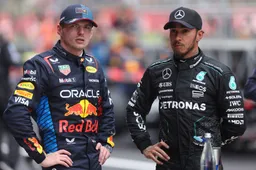
1
Verstappen opts for Hamilton's old race number for F1 2026
106373 times read
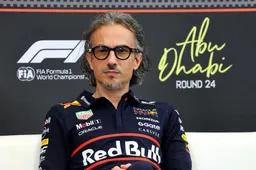
2
Red Bull Racing director steps down, only Mekies remains in charge
23831 times read
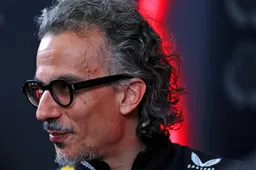
3
F1 Today | Red Bull Racing Director steps down, 'Ferrari faces Hamilton and Leclerc's exits'
5833 times read
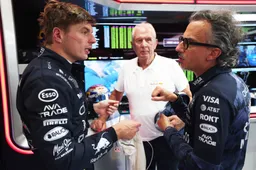
4
Red Bull confirms 'successor' to Marko within its successful Junior Team
4406 times read
Loading



